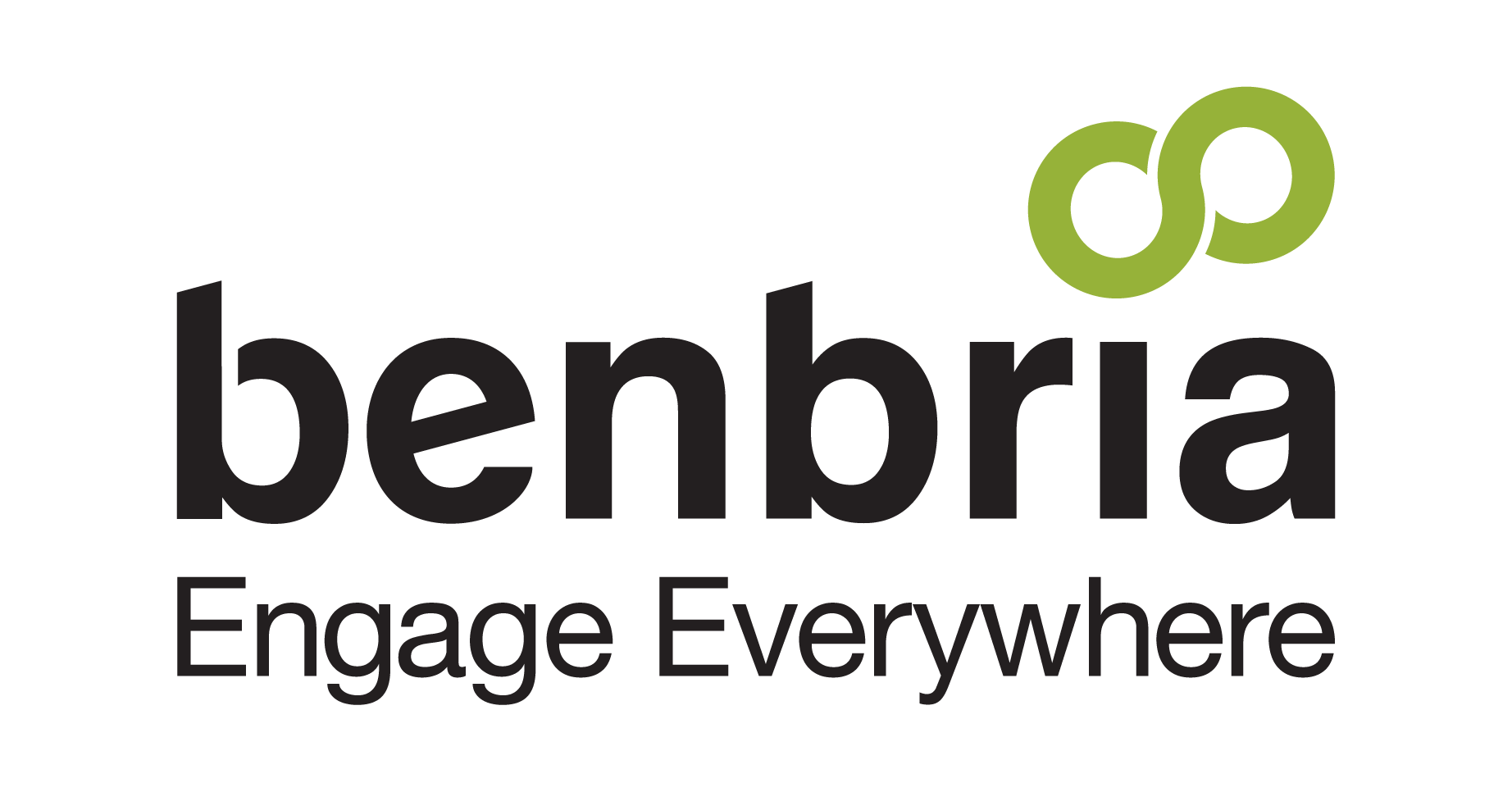Gamification is the practice of introducing elements of game-playing — such as point scoring, rules of play, and friendly competition — for the purposes of engagement, productivity, and motivation. The term was coined in 2002 by a UK-based computer programmer named Nick Pelling, but it was only in 2010 that it gained widespread attention. It has since been used for everything from software development, to educational initiatives, to business improvement and transformation.
It’s important to note, however, that gamification isn’t literally about playing games in the workplace; it’s about using achievements and rewards — in other words, the aspects of games that most motivate people to play — to encourage a specific result.
What Are Its Business Applications?
- Training and Skills Development. Gamification can be used for more effective onboarding, to teach employees the skills they need to succeed on the job, and to enable long-time employees to continue learning. An example of this would be level-based learning, in which an employee advances from one level to the next when they’ve absorbed something new. This offers the employee both a sense of accomplishment and an incentive to continue learning.
- Employee Engagement and Productivity. Gamifying the workplace puts targets in the context of achievement, giving employees an extra push to reach goals. This can be accomplished by offering a reward, challenging employees to beat a high score, and fostering a spirit of friendly competition among team members.
- Problem Solving. It can be tough to foster creativity for its own sake. But gamification encourages employees to find a unique solution to a problem — and quickly — by breaking them into teams and pitting their ideas against each other. Nothing lights a competitive fire faster than a set time limit, a clear goal, and the possibility of winning a prize for being the best.
How Effective is It?
At a time when workplaces around the world are experiencing an epidemic of low engagement — and even active disengagement — gamification is more essential than ever. Gallup reports that only 31.5 percent of workers are actually engaged at their jobs; 17 percent describe themselves as actively disengaged. This is a problem because disengaged employees are less effective at creating an unforgettable experience for customers — they are, through their own disengagement, creating customers who are equally so.
On the surface, this may not sound so bad, but, as stated by Gallup, customers that are not engaged have no stake in the success of a brand. They may buy from a brand once or twice, but they will not consistently choose it over a competitor. When they encounter an issue during their experience with a brand, they may broadcast it on social media instead of quietly resolving it with management. This is why it’s crucial for brands to have an emotional connection with their customers — and why brands need to empower their employees to build that connection.
The benefits of customer engagement are well documented. According to Gallup, “when organizations successfully engage their customers and their employees, they experience a 240% boost in performance-related business outcomes compared with an organization with neither engaged employees nor engaged customers.”
It’s clear, then, that engaging one’s customers starts with engaging one’s employees. Gamification is perhaps the best answer to low levels of staff engagement, as eLearning Industry reports, 89 percent of employees say a point system would boost their engagement. Sixty-two percent say they would be more likely to learn new skills if a leaderboard and friendly competition with colleagues were introduced into the workplace.
While external rewards, such as gift cards or monetary incentives, are adequate ways to drive employees, Ivey Business Journal found internal rewards, such as feelings of accomplishment and pride in oneself, are the most effective motivators. And after all, there are few better ways to get people invested in a task than to ask them to have fun doing it.
How Can Brands Use Gamification?
- Time Limits. Target times its cashiers and lets them know whether they’re getting guests through the check-out lanes within a reasonable time frame. This encourages employees to continually test themselves and strive to process each guest’s purchases at a faster pace, thereby boosting efficiency.
- Leveling Up. Awarding badges, titles, and other rewards each time an employee solves a problem can instill a sense of accomplishment. As Forbes reported, Deloitte did this with its Leadership Academy; each time an employee completed a segment of the learning program, they were given badges that they could share on their social media pages.
- Scoreboards. Scoreboards give employees an instant, visual representation of their performance. When they see that they’re performing well, it gives them an immediate sense of accomplishment and encourages them to keep up the quality work; when their performance is flagging, it gives them the push to improve.




